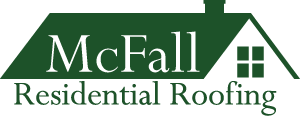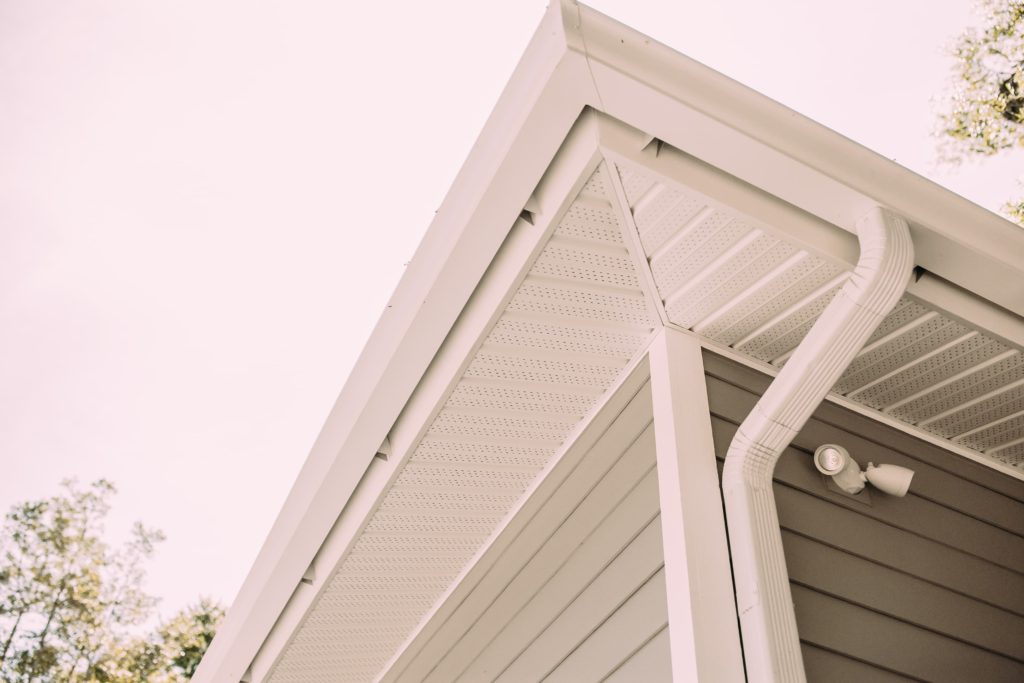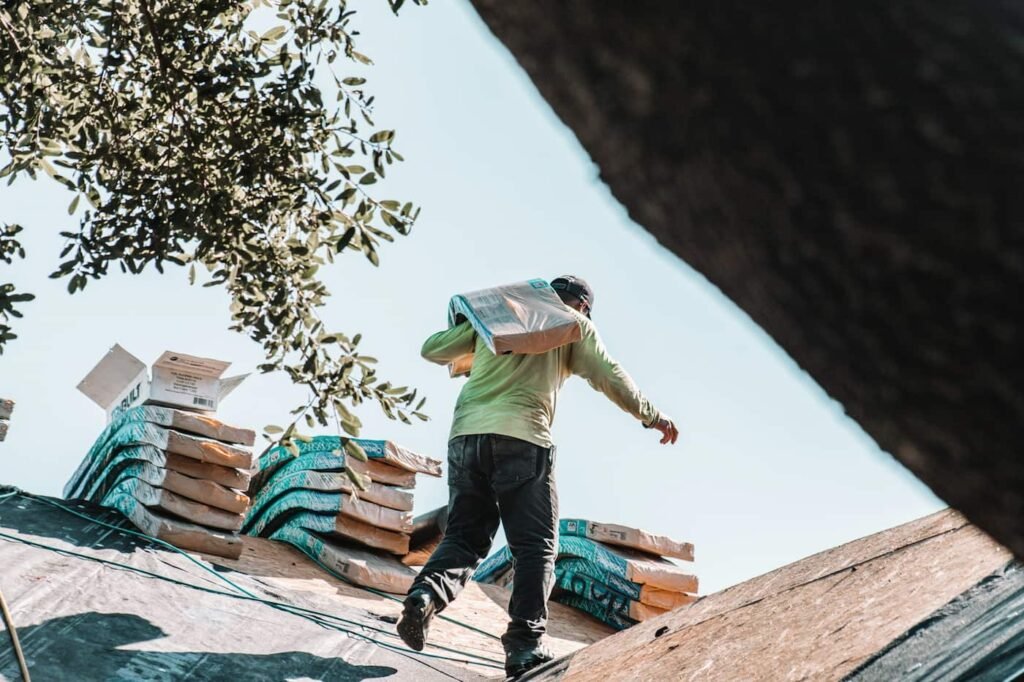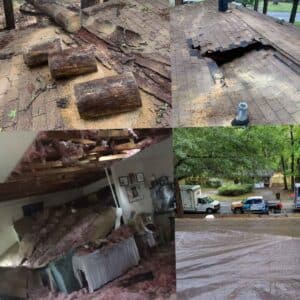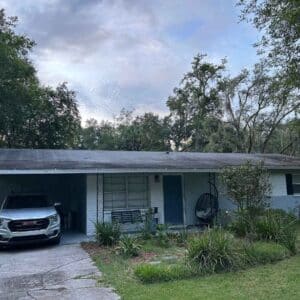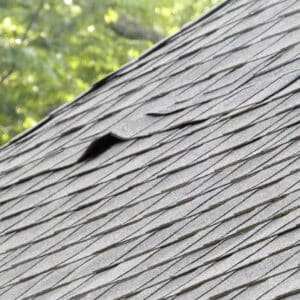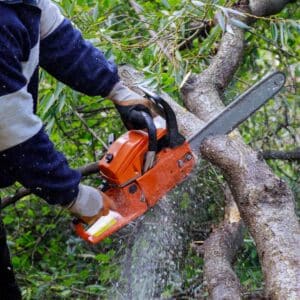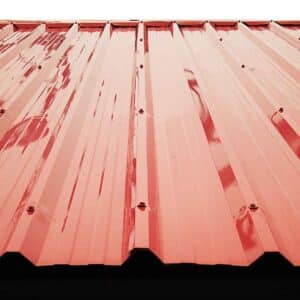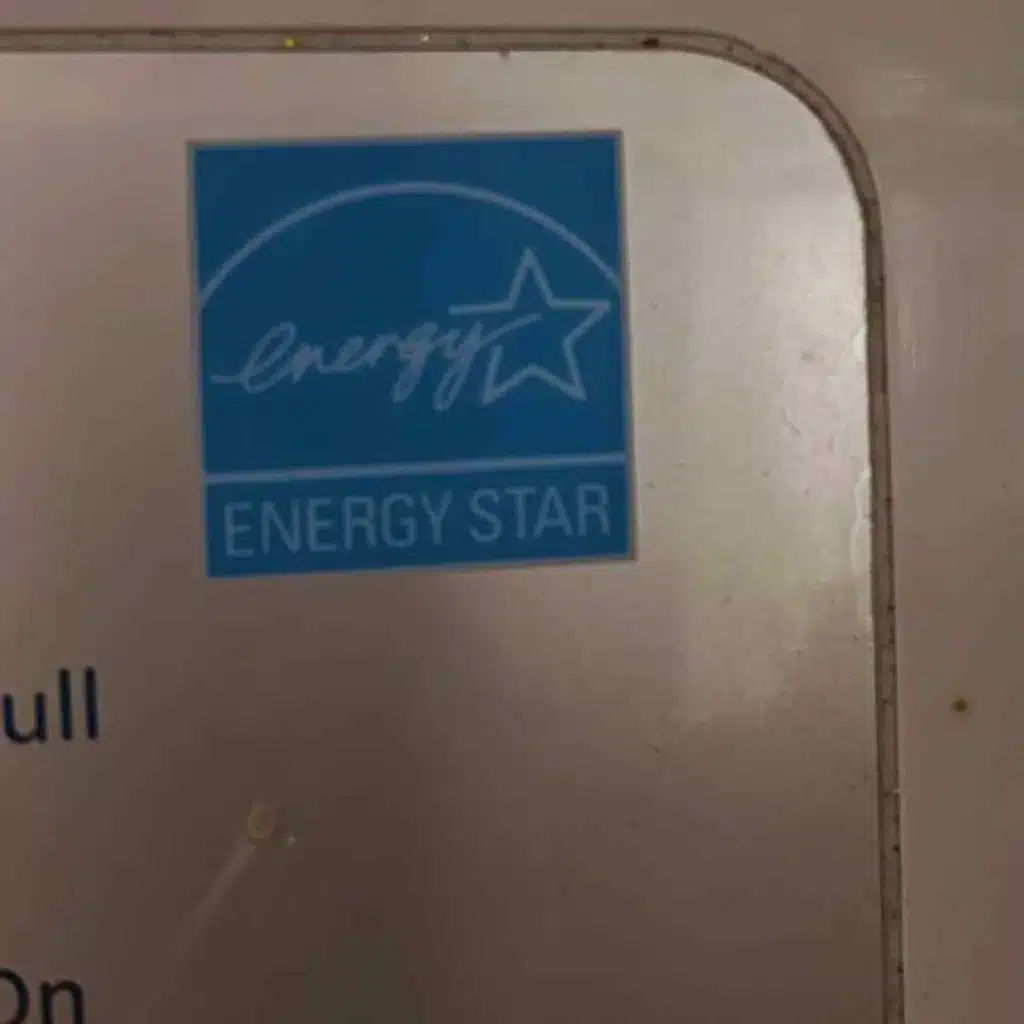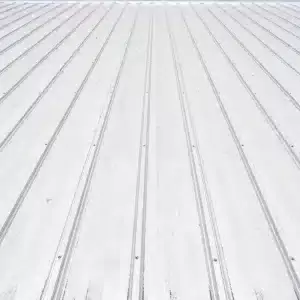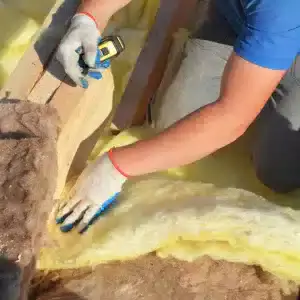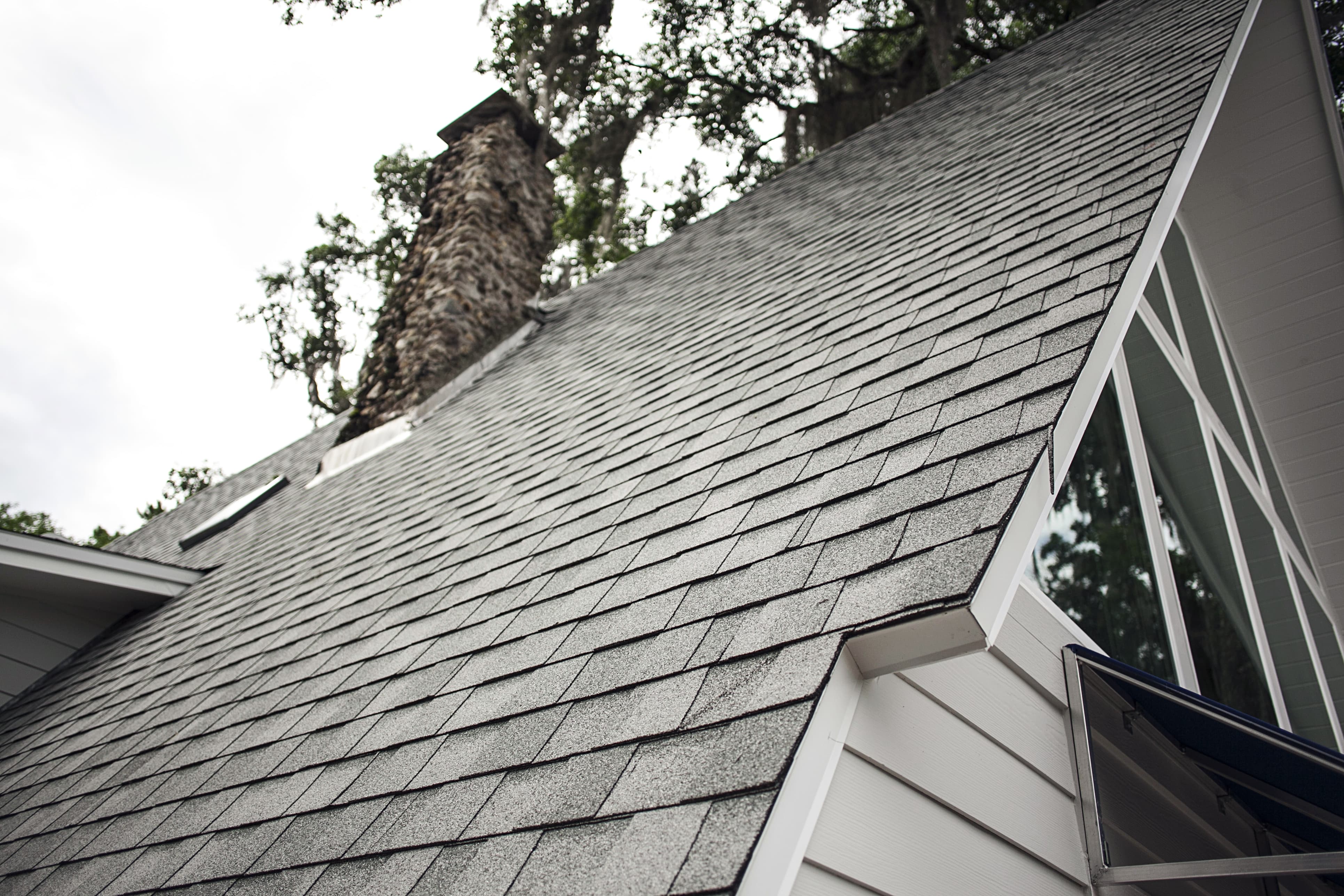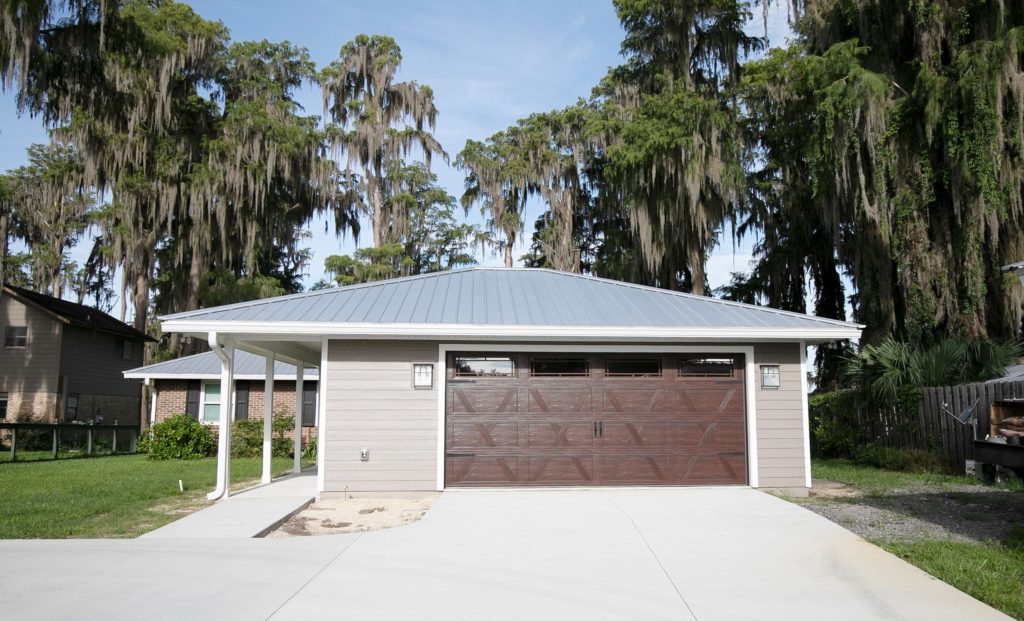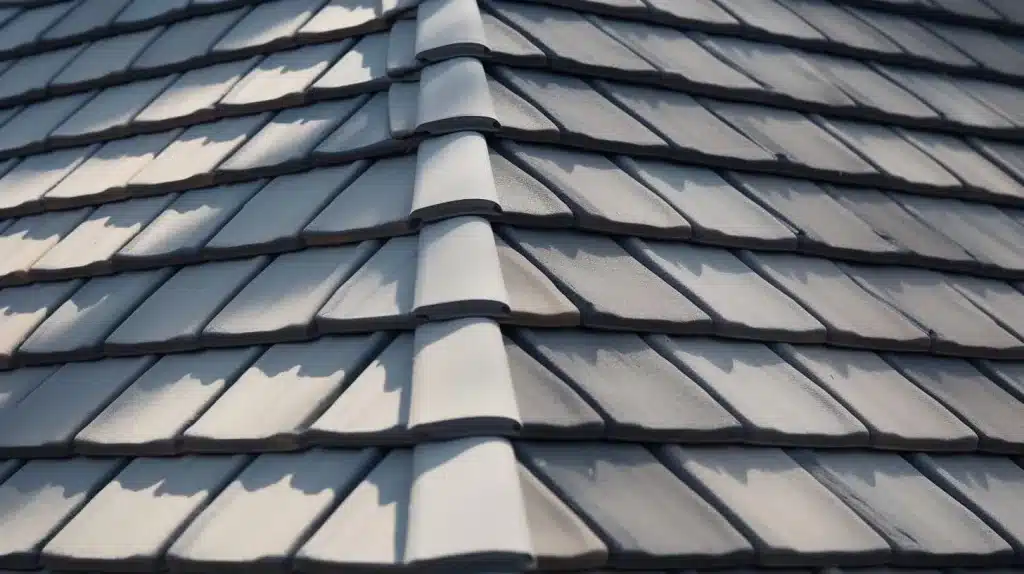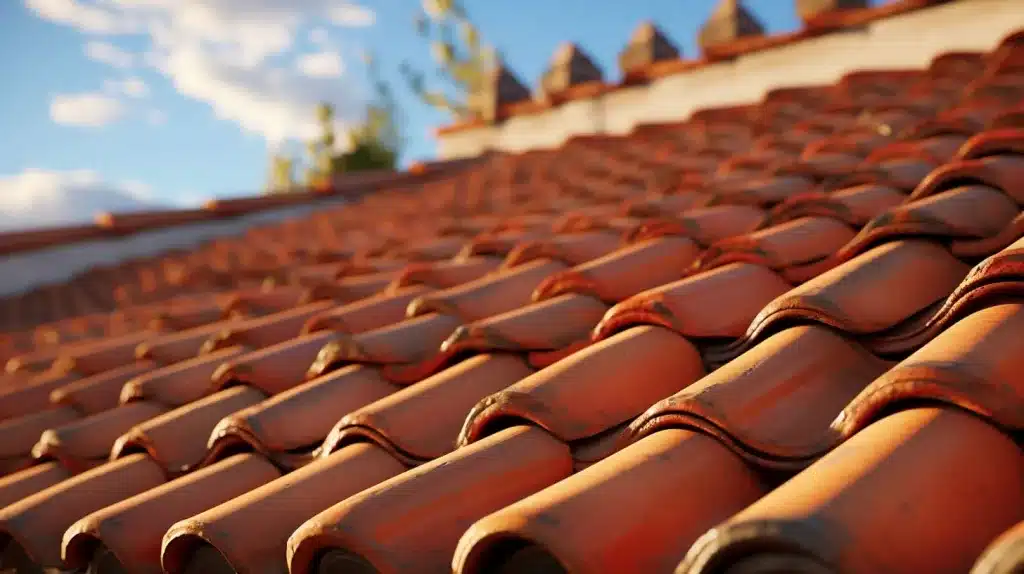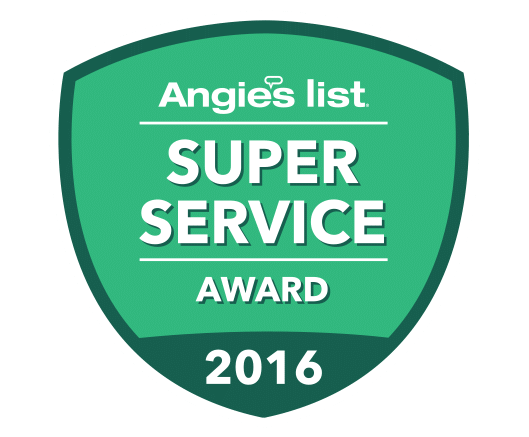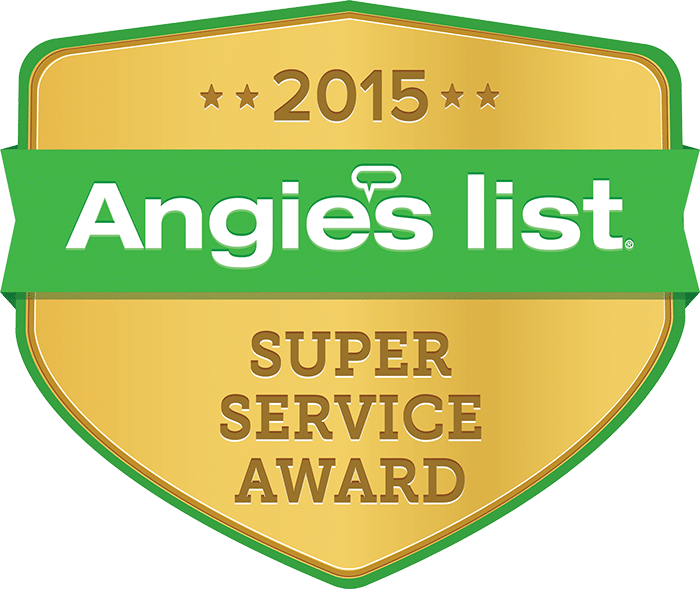Are you a Florida homeowner considering installing your own roof? While the idea of tackling a DIY roof installation project may seem appealing, it’s essential to weigh the benefits and risks carefully, especially when considering the unique factors and regulations in the Sunshine State. In this blog post, we’ll explore the pros and cons of installing your roof versus hiring a professional roofing company in Gainesville, Florida.
For those wondering if DIY roof replacement is even possible, check out our other article on whether it’s even possible to replace your own roof.
Can I Install My Own Roof in Florida?
The short answer is yes, you can install your own roof in Florida. However, before embarking on this project, it’s crucial to understand the challenges and potential consequences of a DIY approach.
Pros of DIY Roof Installation
- Cost Savings: The primary reason homeowners consider installing their own roof is to save money on labor costs. By taking on the project yourself, you can potentially save thousands of dollars.
- Sense of Accomplishment: Successfully completing a major home improvement project like a roof installation can provide a great sense of pride and accomplishment.
- Flexibility: When you’re in charge of the project, you have the flexibility to work on your own timeline and make decisions about materials and installation methods.
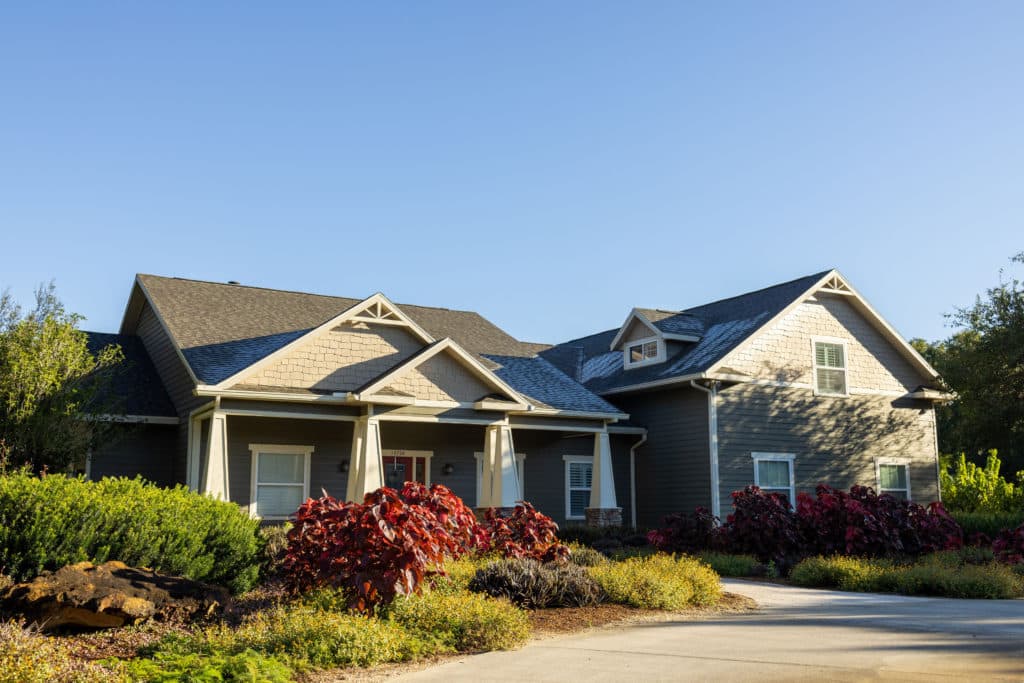
Cons of DIY Roof Installation
- Safety Risks: Roofing work involves working at heights, handling heavy materials, and navigating steep slopes. Without proper safety equipment and training, you put yourself at risk of serious injury or even death.
- Lack of Expertise: Installing a roof requires specialized knowledge and skills. Improper installation can lead to leaks, structural damage, and premature roof failure.
- Time-Consuming: A DIY roof installation can take significantly longer than a professional installation, especially if you’re learning as you go. This can be particularly problematic if you’re working around inclement weather.
- Warranty Issues: Many roofing material manufacturers void warranties if the products are not installed by a certified professional. By installing your own roof, you may inadvertently nullify your warranty protection.
Florida-Specific Roofing Considerations
In addition to the general pros and cons of DIY roofing, Florida homeowners must also consider state-specific factors and regulations.
- Building Codes and Permits: Florida has strict building codes and permit requirements for roofing projects. Failing to adhere to these regulations can result in fines, legal issues, and difficulty selling your home in the future.
- Hurricane Resistance: Florida’s climate puts roofs at higher risk of damage from hurricanes and strong winds. Proper installation techniques and materials are essential to ensure your roof can withstand these forces.
- Insurance Requirements: Many insurance companies in Florida have specific requirements for roof installations to maintain coverage. Failing to meet these requirements could jeopardize your insurance protection.
- Heat and Humidity Considerations: Residents of Gainesville or North Central Florida, need to consider the region’s high heat and humidity when selecting roofing materials and installation techniques. The area’s climate can significantly accelerate wear and tear on roofing materials, making it crucial to choose options that are designed to reflect sunlight and resist moisture to prolong the life of the roof.
The Benefits of Hiring a Professional Roofing Company
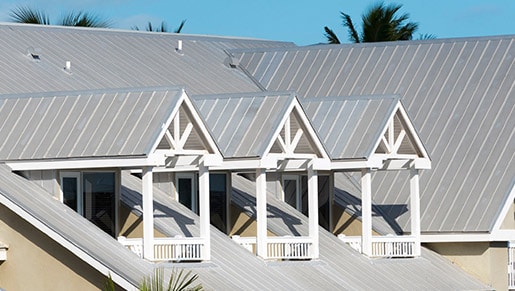
While DIY roof installation may seem like a cost-effective option, the long-term benefits of hiring a professional roofing company often outweigh the initial savings.
- Expertise and Quality: Professional roofers have the training, experience, and tools to ensure your roof is installed correctly and in compliance with local building codes and regulations.
- Safety: Roofing companies have the necessary safety equipment and insurance to protect their workers and your property during the installation process.
- Efficiency: A professional roofing team can complete your installation much faster than a DIY approach, minimizing disruption to your daily life and reducing the risk of weather-related delays.
- Knowledge of the Best Materials: By working with an experienced roofer, you don’t just get access to years of skill, but also expertise in the highest-quality roofing materials that can stand up to Florida’s hot and humid climate.
- Warranty Protection: When you hire a certified roofing company, your installation is typically covered by both the manufacturer’s warranty and the contractor’s workmanship guarantee, providing added peace of mind.
Making the Right Choice for Your Florida Home
Ultimately, the decision to install your own roof or hire a professional roofing company in Gainesville, Florida, depends on your individual circumstances and priorities. While a DIY approach may offer some initial cost savings, the potential risks and long-term consequences often outweigh these benefits.
To guarantee your home is shielded by a top-notch, code-compliant roof that will last for years, trust your roof installation to a reputable, experienced company. Your roof is the primary shield against the elements, making it an investment that demands wise choices. Ready to secure your home? Call McFall Roofing today for expert assistance with your roof installation.
